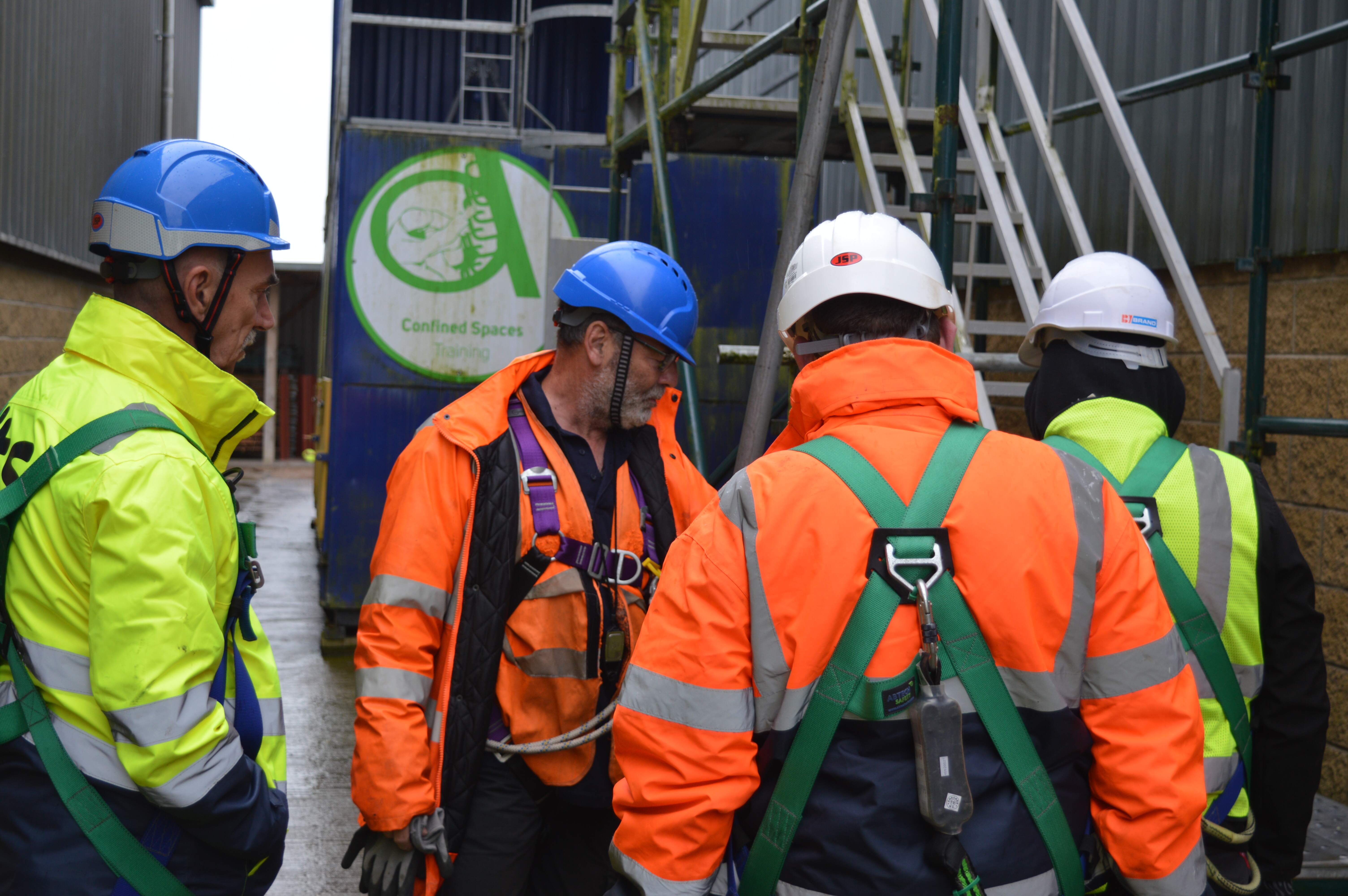Ladders are ubiquitous tools used across various industries, from construction and manufacturing to maintenance and utilities. Despite their commonplace presence, they pose significant risks when not used correctly.
This is where TETRA Ladder Systems Training can step in. It provides candidates with the knowledge and skills needed to mitigate these risks, ensuring that every ascent and descent is a safe one.
Understanding TETRA Ladder Systems Training
TETRA Ladder Systems Training is a comprehensive programme designed to equip workers with the skills and expertise necessary to use ladders safely and effectively. Some key elements of the training include:
1. Ladder Selection: Participants learn how to choose the right ladder for the task at hand. This includes understanding the ladder’s load capacity, height, and type.
2. Proper Inspection: An essential aspect of ladder safety is inspecting the equipment before use. TETRA training teaches workers how to conduct thorough inspections to identify any signs of damage or wear.
3. Safe Set-up: The correct setup of a ladder is crucial to its stability. Training covers how to position and secure ladders, ensuring they remain stable during use.
4. Climbing Techniques: Participants learn safe climbing techniques, including maintaining three points of contact, facing the ladder, and using both hands for stability.
5. Fall Prevention: TETRA emphasises fall prevention strategies, such as avoiding overreaching and not standing on the top rungs of a ladder.
6. Emergency Procedures: Workers are trained in how to respond in case of ladder-related emergencies, including falls and accidents.
Benefits of TETRA Ladder Systems Training
- Reduced Accidents: Proper training significantly reduces the risk of ladder-related accidents, helping organisations save on medical costs and lost workdays.
- Legal Compliance: TETRA training ensures that organisations comply with workplace safety regulations and standards, mitigating the risk of fines and legal issues.
- Enhanced Productivity: A well-trained workforce is a more efficient one. Workers can perform tasks confidently and safely, resulting in increased productivity.
- Improved Morale: Knowing that their employers prioritise safety and invest in their well-being boosts employee morale and job satisfaction.
- Savings: Preventing accidents and injuries through training can result in substantial cost savings for organisations in terms of workers’ compensation claims and insurance premiums.
Tetra Ladder Safety Systems Training with ITS
ITS are the only public training centre in Ireland offering Tetra training!
We offer both: Tetra Leaning & Roof Ladder Candidate Course (Level 3) and Tetra Leaning Ladder Candidate (Level 1-2).
We aim to provide each candidate with the underpinning knowledge and practical skills to safely use fall protection equipment with leaning and roof ladders when accessing property elevations and working on pitched roofs. During this training candidates will be introduced to items of personal fall protection equipment which always enables the individual to safely reach their working position maintaining 3 points of contact.
Certification and ID Cards are issued upon successful completion of the course and assessments. This will be valid for 3 years from the date of course.
Conclusion
TETRA Ladder Systems Training is not just about adhering to regulations; it’s about protecting the lives and livelihoods of the workforce. It is a commitment to creating safer work environments and fostering a culture of safety within organisations.
TETRA Ladder Systems Training is essential in ensuring every step is secure, every ascent is safe, and every descent is uneventful. It’s an investment in safety that pays dividends in peace of mind and a safer, more productive workplace for all.
Contact Us:
Portadown HQ: 028 9592 2765
Dublin HQ: (01) 536 9328
info@industrytrainingservices.com




